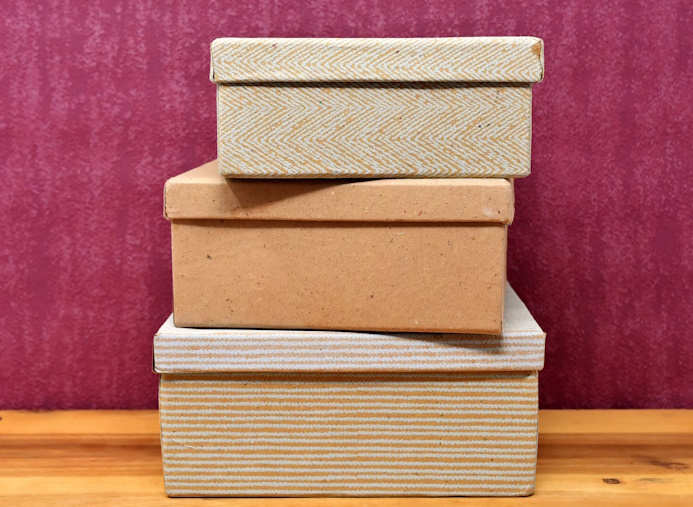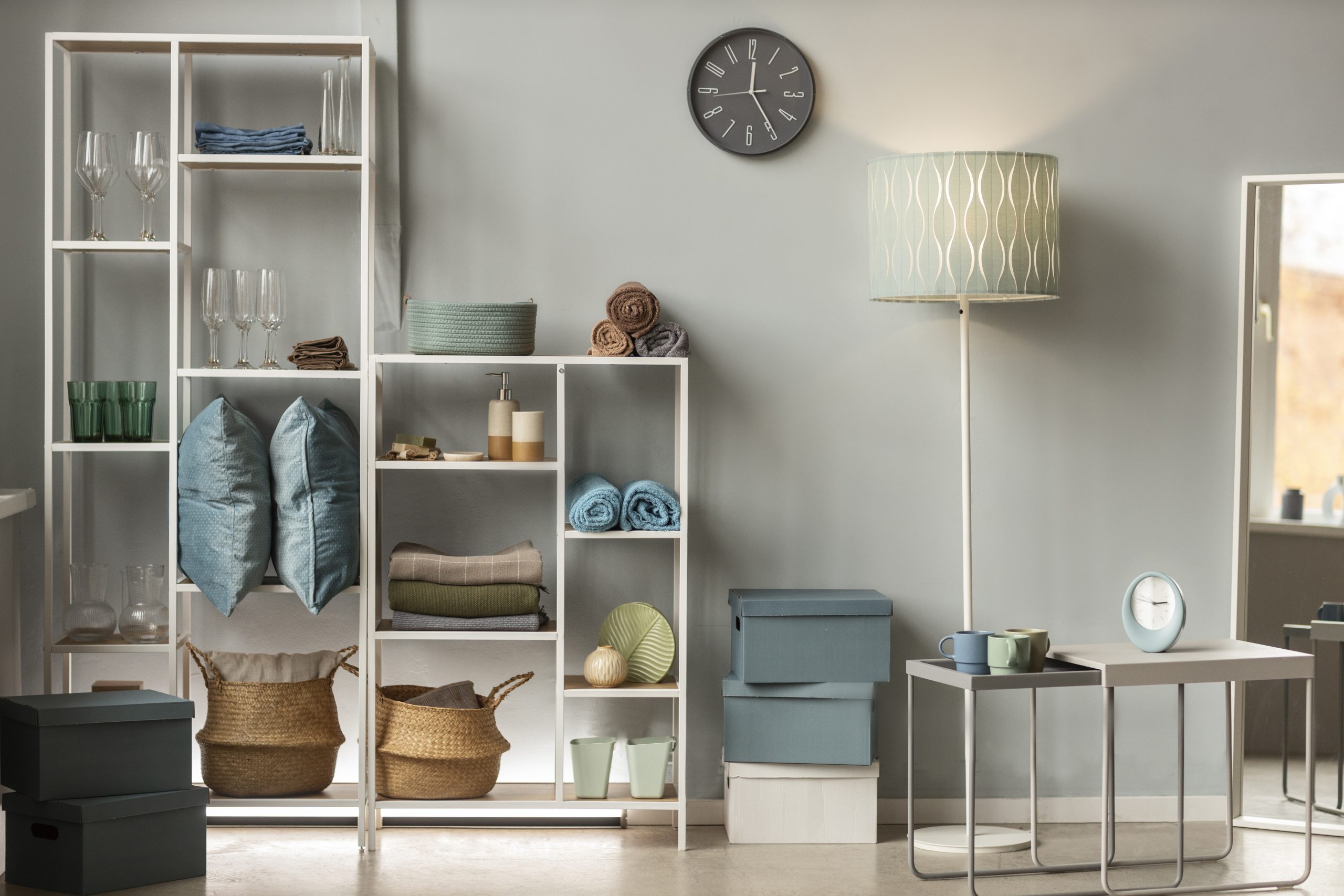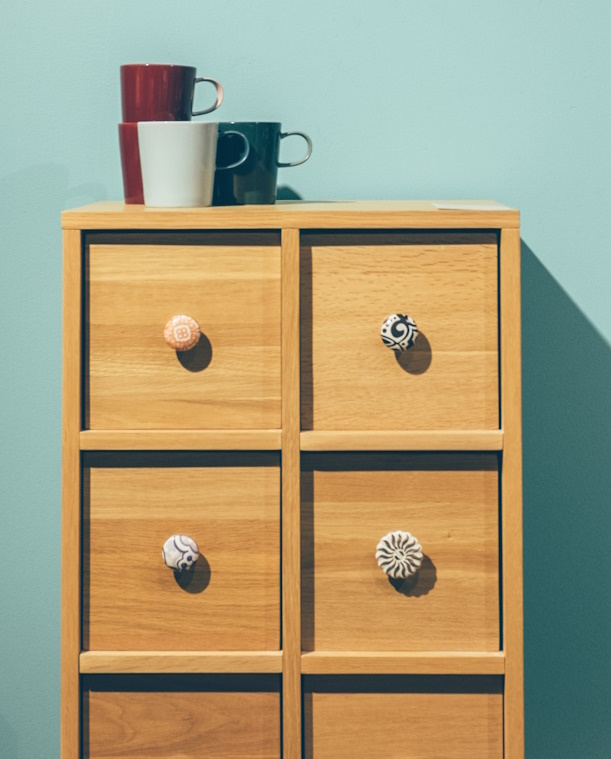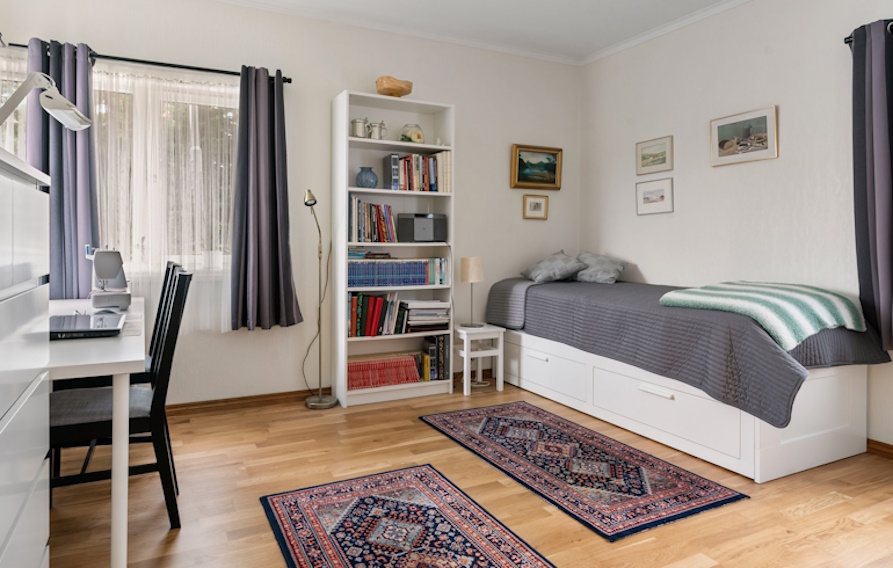Organization Butterflies?
Do you feel your anxiety rise or get butterflies in your stomach at the thought of having company? You are not alone. Many people have this same reaction of panic. Let me take your hand and show you how my five simple strategies can transform your living space to make a well-ordered and comfortable home.
I have been organizing since I was a child, and I have spent years fine-tuning my simple country approach to home organization: get in there and get dirty. I am excited to help you take a closer look at how you can declutter and efficiently organize your home, stress-free.

1-First Steps
Room-by-room evaluation
I know it’s hard, but the first step in organizing your home is to start walking through each room, noting areas that need attention. Take a notepad along and write down three points to remember (ideas of how you envision it looking or reminders for areas that need special attention, etc.). Do this for each room as you pass through. This may be too hard to do. Okay, stay with me; don’t stop reading! I understand it may be painful for you to see your home in this condition, but doing this exercise will give you a clearer picture of the task ahead and help prioritize your efforts. I want you to look at your home with a new set of eyes, the eyes of a home organizer, to see the potential or what you have.
Identify problem areas
During your walkthrough, pay special attention to hot spots, places that tend to accumulate clutter. Common areas are entryways, kitchen counters, or bedroom corners. Identifying these trouble zones at the beginning will give you a head start on your organization project. We can address them more effectively later. For example, the keys are left on the countertop, or there are jars on the kitchen table that would serve better in the cupboard.
From my experience, most people have a couple areas that they keep orderly, but there are other areas that items get pushed into to create clutter, often when there is indecision on what to do with items. So, let’s focus on what is working well to get the rest of the house in order. We need to look at your home with a new set of glasses, as though seeing the space for the first time and without the clutter.
Now that you have analyzed your home, decide where and when to begin. Do you feel intimidated? If yes, let’s start with the simplest area first. On the other hand, if you love a challenge, roll up your sleeves and start with the biggest nuisance first.
Starting small
It is okay to start small. For many people, the idea of decluttering the entire home seems daunting, so begin with a single room. If this task is still overwhelming, break the room down into sections or by pieces of furniture, like a desk, a shelf, or a drawer. Begin where you are comfortable. The key is to just start, and you will make progress. I’ve found that beginning with an area that is manageable encourages my momentum and motivation for tackling larger spaces. Take small steps; you’ve got this!

The four-box method
One of my favorite decluttering techniques is the four-box (or bag) method. Label four boxes: Keep, Donate, Sell, and Trash. As you go through your belongings, place each item into one of these boxes (or bags).
This process should be done quickly, encouraging you to make decisions about your possessions. By placing them directly into one of the four boxes, you are prevented from simply moving clutter from one place to another. However, if you come across something you are torn between keeping or donating, set it aside for a 24-hour period. This should be a very rare event.
Ask yourself some deeper questions: Why do you want to hold on to this item? Does it evoke fond memories? Is it something that can be replaced? How much space is it stealing from you? If you never use it, how many others will be robbed of a blessing?
Sometimes we hold on to things for sentimental reasons. I have a friend who inherited several of her mother’s large furniture pieces. The armoires, end tables, china hutch, and buffet table were beautiful but bulky and took up extra floor space she did not have. I suggested choosing one cherished, usable item and selling the remaining furniture. We can keep the memories with little reminders even if we do not have every item.
2-Creating Designated Spaces
If you have successfully finished step one, you are well on your way! I promise you that first step was the most painful. You are now moving to the fun and creative part of the process! Once you’ve decluttered by sorting items into boxes, take the designated trash boxes/bags to the dumpster! Doesn’t it feel good to let all the garbage go?
Now, it’s time to take a trip to the local charity and share your blessings with others. Or, some people enjoy taking an extra step to get a little extra cash by having a garage sale and then donating all the remaining items that do not sell.
My very favorite part of this organizing journey is giving the items you have kept a place of their own. I like to assign a specific purpose to each area of my house. For example, I designate a drop spot near the door for keys, mail, and muddy shoes, and I create a dedicated school area in my living room for homeschooling. Whatever room you are organizing, ask yourself: What is the main function of this room? Are there multiple purposes for this space? Which area do I need most?
Go back to your notepad if necessary and begin carefully making a new and beautiful space for each of your items.

3-Invest in Storage Solutions
Multipurpose furniture
Look for furniture that doubles as storage. An ottoman with hidden compartments, a captains bed with drawers, or a coffee table with shelves are all great options. These pieces help you maintain a clutter-free appearance while providing ample storage space.
Organizing tools
Invest in tools that make organization easier. Drawer dividers, clear storage bins, and hanging organizers can transform cluttered spaces into orderly ones. I particularly love using clear containers in my pantry, storage room, and refrigerator; they allow me to see what I have at a glance.
Think outside the box. What can be used in an area that was actually intended for another area? Many kitchen gadgets fit into the multi-use area. When my children were little, they shared a large closet, but the clothes bar was much too high for them to reach. Using a 1-inch dowel rod, two “s” hooks, and some plastic-coated swing chain, we made a temporary lower hanging clothes bar. We doubled the amount of space available, and the children were able to reach their own outfits.
Go vertical
Don’t forget about the vertical spaces in your home, especially if you are short on storage. Consider installing cupboards or shelves, using over-the-door organizers, or investing in tall bookcases to maximize storage without taking up floor space. Over-the-toilet storage in bathrooms is particularly good for storage, even in a small bathroom space, especially in homes with minimal square footage.

4-Establish a System
A key component to making your home organization a permanent habit is finding a system that works for you. What motivates you or your family to keep items picked up and put in their designated location? Children may need a lot of reinforcement at the beginning. So, make having an organized home fun and encouraging. Turn it into a game by racing against a sibling or the clock; receiving special privileges or a snack for doing a great job.
Labeling
Labeling is a game-changer in home organization. Use a label maker, notecards, or sticky notes to mark where items belong. This not only helps you remember where things go but also makes it easier for other household members to help maintain your system.
Color coding
Consider using a color-coding system for certain items. For instance, assign different colored folders to various types of documents or use colored baskets for each family member’s belongings. This visual system can make organization more intuitive and even enjoyable. With seven siblings growing up, there were a lot of socks and t-shirts. My mom assigned everyone a color and made a small colored tack in the tag using a needle and thread. One of my chores was to fold laundry. When I saw the red tack, I knew the item belonged to my oldest brother. Blue, my second oldest brother; I had purple, and so on.
5-Maintain Your Organized Space
Once you are comfortable with your system, maintaining the space will be easier to achieve. However, it takes time to reinforce good intentions.
Daily habits
Keeping a home organized is all about developing good habits. I make it a point to spend 10–15 minutes each evening tidying up each room. I encourage family members to pitch because it is their space as well, and many hands make light work. It sets a good example and instills the importance of organization and how to maintain a home. This routine also prevents clutter from accumulating and makes deep cleaning sessions much easier.
Weekly reset
At the end of each week, I do a thorough reset of my living spaces, which may have been missed or overlooked during the busy week. This involves putting away items that have migrated from their designated spots, wiping down surfaces, and reassessing any areas that have become a holding bin for clutter or need attention.

Quick Tips for Specific Areas
Kitchen organization
In the kitchen, group similar items together. Store baking supplies in one area, spices in another, and cooking utensils near the stove. Use drawer dividers for cutlery and consider installing a pegboard for pots and pans.
Bedroom storage
Make use of under-bed storage for out-of-season clothing or extra linens. Invest in a good closet system to maximize hanging and shelf space. I use hangers with clips and put tops and bottoms together to create ready-to-go outfits. This causes fewer last-minute decision-making dilemmas, especially for the children, and simplifies closet space.
Bathroom efficiency
In the bathroom, use drawer organizers for makeup and toiletries. Over-the-toilet shelving units can provide extra storage in small bathrooms. If you like to stock up on items like I do, be careful not to overstock the bathroom. Use a linen closet or basement storage for large amounts of toilet paper, soap, etc. Don’t forget to regularly go through medications and beauty products, discarding anything that’s expired.
Living room declutter
Keep your living room tidy by providing easy storage options. A basket for throw blankets, a tray for remote controls, and strategically placed bookshelves can help maintain order in a high-traffic area.
Orderly, Relaxed Living
Organizing your home doesn’t have to be a massive, time-consuming project. By breaking it down into these five simple steps and tackling one area at a time, you can create a more organized, peaceful living space. Remember, the goal is progress, not perfection. Start small, be consistent, and enjoy the benefits of a well-organized home. You will look forward to company coming!



